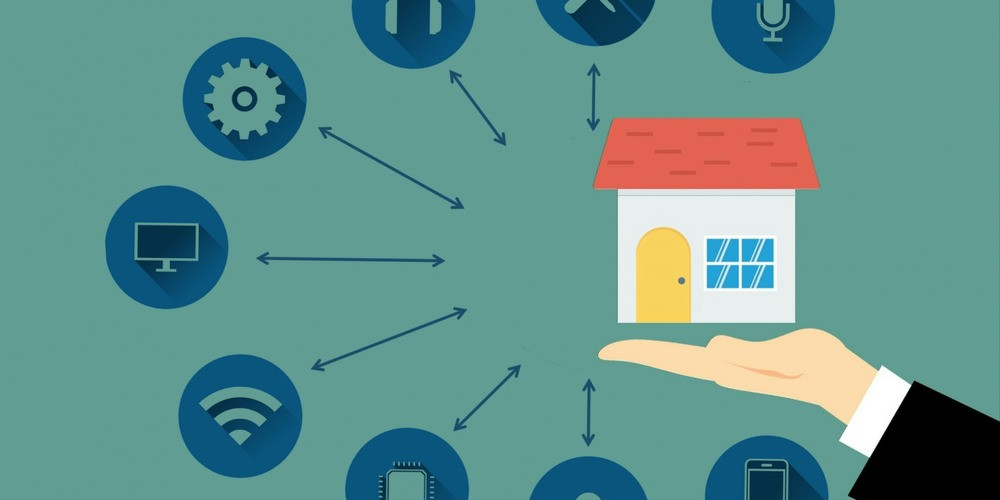Optimizing WiFi Connectivity: The Right Way to Set Up Your Android Phone for Superior Home Internet

In the era of constant connectivity, our Android smartphones serve as lifelines to the vast digital world. Yet, amidst this reliance on the internet, many of us may not fully grasp the nuances of optimizing our WiFi setup for the best possible home connection. If you've ever found yourself frustrated with sluggish speeds or patchy coverage, you might be surprised to learn that the solution could be a simple adjustment in the way you connect your phone to WiFi.
Every Android user knows the two primary ways to connect to the internet: mobile data and WiFi. While mobile data is indispensable on the go, WiFi becomes our go-to choice at home, promising faster speeds and unlimited access. However, the real magic happens when we fine-tune our WiFi settings, choosing between the 2.4GHz and 5GHz bands to suit our specific needs. This article will delve into the critical choice between speed and coverage, revealing how a thoughtful approach to WiFi connectivity can transform your Android experience at home.
Choosing Between Speed and Coverage

When we talk about connecting our Android mobile to the Internet, we have two predominant options: mobile data and WiFi. Mobile data, while convenient, often comes with limitations on speed and data usage. WiFi, on the other hand, offers a gateway to higher speeds and unlimited browsing, thanks to the fiber-optic connections that many of us have at home. Yet, even within the realm of WiFi, there's a crucial choice to be made between the 2.4GHz and 5GHz bands.
The 5GHz WiFi networks are known for their higher bandwidth, making them the go-to choice for activities that demand speedy data transfers, such as streaming and downloading. It's a common misconception, however, that all our devices should cling to this band for the best performance. This is where many of us go wrong.
While the allure of faster speeds is undeniable, the 2.4GHz band excels in providing broader coverage. This becomes essential in scenarios where the WiFi signal struggles to permeate through walls and longer distances. By connecting our Android phones to the 2.4GHz network, we can ensure a stable connection even in the farthest corners of our home, without necessarily sacrificing speed for basic tasks.
Striking the Right Balance

The key to optimal WiFi usage lies in balancing our devices across both bands. High-demand devices, such as desktop computers or gaming consoles, can benefit from the speed of the 5GHz band. Meanwhile, our Android phones, often used for browsing, social media, and streaming at moderate qualities, can thrive on the 2.4GHz band without noticeable performance drops. This strategic allocation helps avoid overcrowding on either band, ensuring smoother connectivity for all devices.
Practical Tips for WiFi Optimization
- Analyze Your Usage: Consider what you primarily use your Android phone for. If it's predominantly browsing and social media, the 2.4GHz band should suffice. For high-definition streaming or downloading large files, consider switching to 5GHz when within closer proximity to the router.
- Distribute Your Devices Wisely: Allocate bandwidth-intensive devices to the 5GHz band and others to the 2.4GHz band. This prevents any single band from becoming overcrowded, leading to better overall performance.
- Regularly Update Your Router: Make sure the firmware of your router is current. Updates that enhance both functionality and protection are frequently issued by the manufacturers.
- Consider Dual-Band Routers: If you haven't already, upgrading to a dual-band router can make a world of difference, offering you the flexibility to choose between the 2.4GHz and 5GHz bands based on your needs.
- Signal Strength Over Speed: Remember that a strong signal on the 2.4GHz band is often more beneficial than a weaker signal on the 5GHz band. Don't hesitate to switch if you're experiencing connectivity issues.
Conclusion
Understanding and optimizing your WiFi connection can significantly enhance your Android experience at home. While the thrill of high speeds is tempting, recognizing when and how to utilize the 2.4GHz band for its superior coverage can make all the difference. By thoughtfully balancing our devices across both bands, we can achieve a harmonious home network that caters to all our digital needs with efficiency and reliability. So, the next time you find yourself mindlessly connecting to the 5GHz band, remember that the best connection isn't always about speed—it's about making the right choice for your specific situation.
Latest posts
See more-
![The Last of Us Part II: In-Depth Character Analysis and Storyline Exploration]() Editor’s Choice
2024-08-11
The Last of Us Part II: In-Depth Character Analysis and Storyline Exploration
The Last of Us Part II is an action-adventure video game that has gained significant popularity since its inception. Developed with immense creative prowess by...
Editor’s Choice
2024-08-11
The Last of Us Part II: In-Depth Character Analysis and Storyline Exploration
The Last of Us Part II is an action-adventure video game that has gained significant popularity since its inception. Developed with immense creative prowess by...
-
![CrossCode Developer Announces Alabaster Dawn, Enters Early Access in Late 2025]() News
2024-08-12
CrossCode Developer Announces Alabaster Dawn, Enters Early Access in Late 2025
In 2021, Radical Fish Games initially introduced a new action RPG titled Project Terra. Now, they have officially named it Alabaster Dawn and announced that...
News
2024-08-12
CrossCode Developer Announces Alabaster Dawn, Enters Early Access in Late 2025
In 2021, Radical Fish Games initially introduced a new action RPG titled Project Terra. Now, they have officially named it Alabaster Dawn and announced that...
-
![Alabaster Dawn Planned to Have 30-60 Hours of Playtime, Demo Launching in Early 2025]() News
2024-08-13
Alabaster Dawn Planned to Have 30-60 Hours of Playtime, Demo Launching in Early 2025
Radical Fish Games has made an exciting announcement regarding their upcoming action RPG, Alabaster Dawn, which is set to enter early access in 2025. In...
News
2024-08-13
Alabaster Dawn Planned to Have 30-60 Hours of Playtime, Demo Launching in Early 2025
Radical Fish Games has made an exciting announcement regarding their upcoming action RPG, Alabaster Dawn, which is set to enter early access in 2025. In...
Latest Reviews
See more-
![]() Action
Cult of the Lamb
Action
Cult of the Lamb
-
![]() Action
WILD HEARTS™
Action
WILD HEARTS™
-
![]() Casual
Gacha Club
Casual
Gacha Club
-
![]() Action
Call of Duty®: Warzone™ 2.0
Action
Call of Duty®: Warzone™ 2.0
-
![]() Action
Gacha Cute
Action
Gacha Cute
-
![]() Action
Cuphead - The Delicious Last Course
Action
Cuphead - The Delicious Last Course










